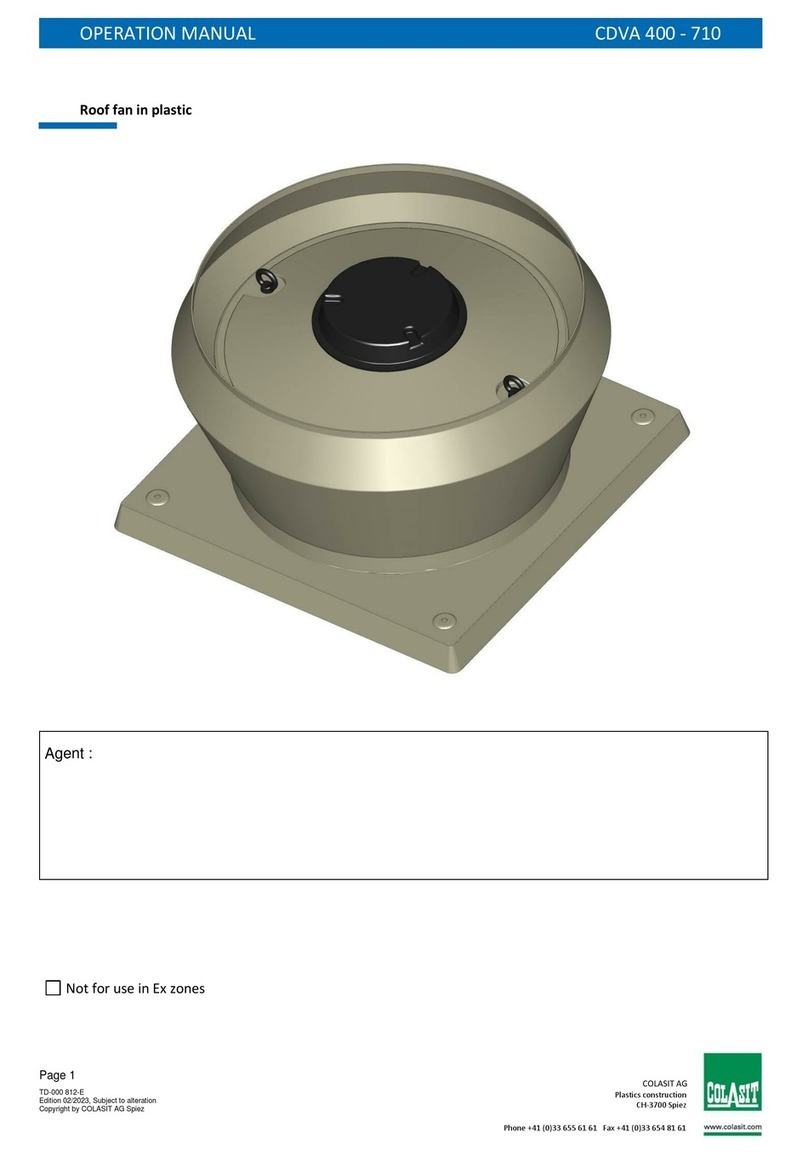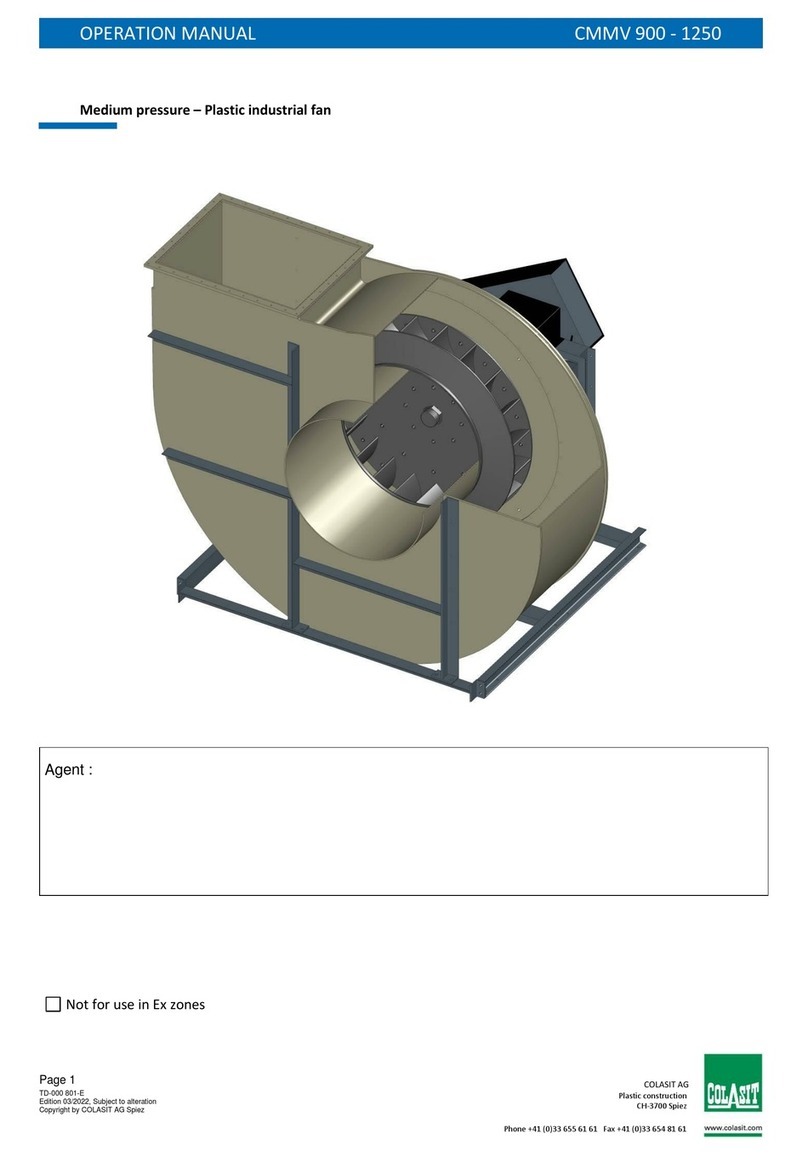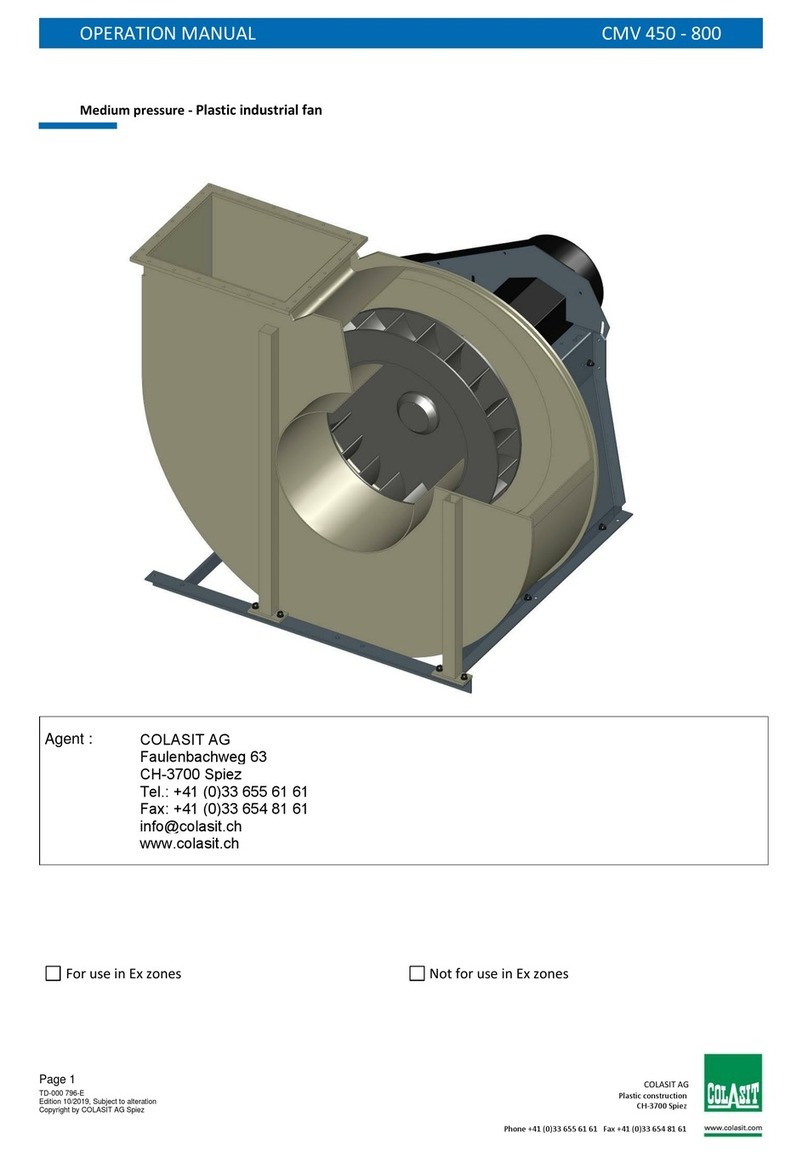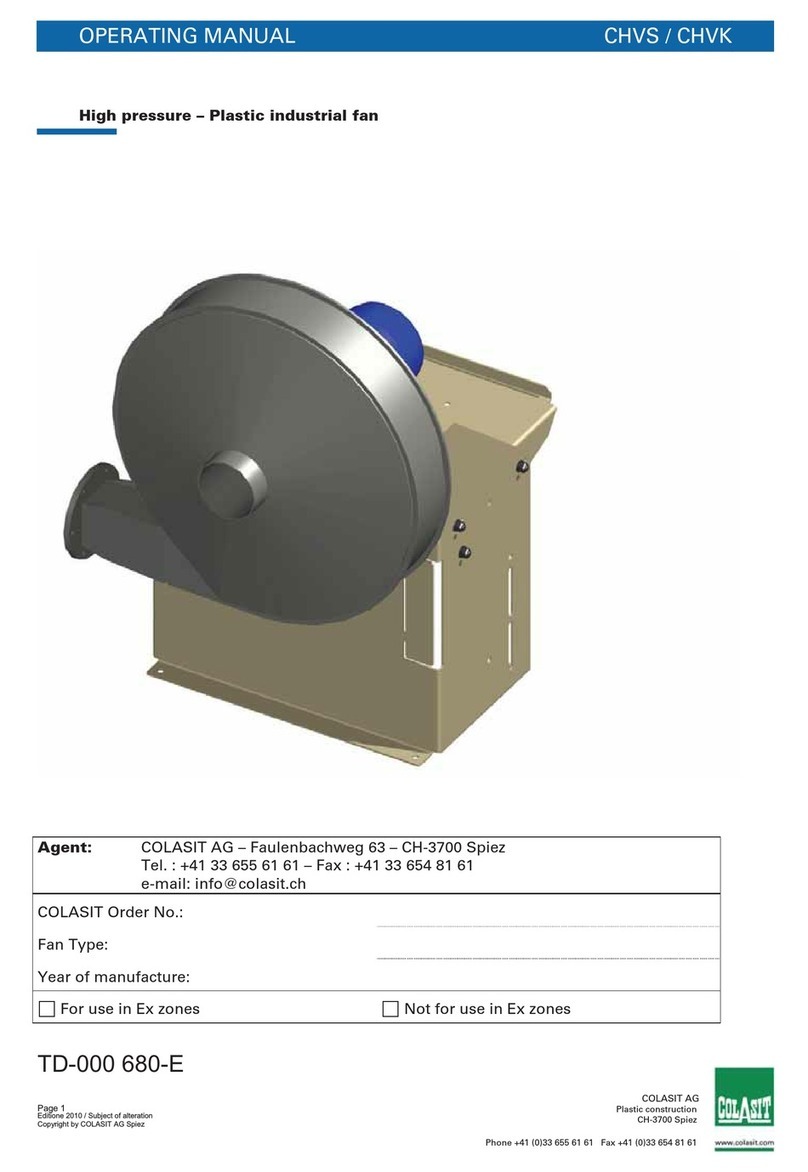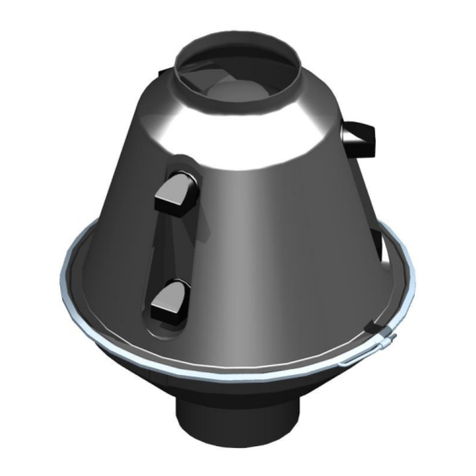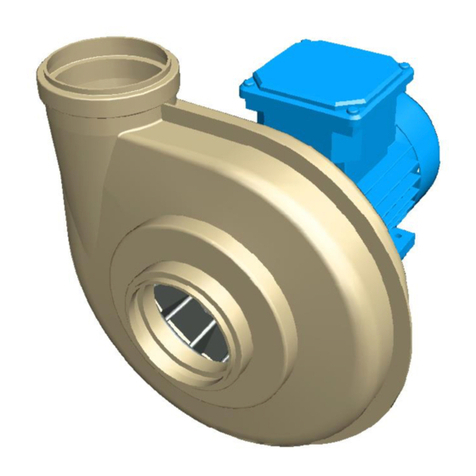Table of contents
Part 1: General ...........................................................................................................................................................4
1General................................................................................................................................................................4
1.1 Definition........................................................................................................................................................4
1.2 Production of COLASIT fans .........................................................................................................................4
1.3 Warranty ........................................................................................................................................................4
1.4 Safety review.................................................................................................................................................5
1.5 Personnel qualifications.................................................................................................................................5
1.6 Possible emergencies....................................................................................................................................5
1.7 Safety officer (SO).........................................................................................................................................5
1.8 General risk matrix.........................................................................................................................................6
1.9 EU and UK conformity of the COLASIT fan ..................................................................................................7
1.10 Restrictions when putting into operation........................................................................................................7
1.11 General operating conditions.........................................................................................................................7
2Explosion protection............................................................................................................................................7
2.1 Fan EX marking.............................................................................................................................................8
2.2 Correct installation of ATEX fan ....................................................................................................................9
3Shipping, unpacking, inspection, storage............................................................................................................9
4Installation, design...............................................................................................................................................9
5Commissioning, initial startup, test run..............................................................................................................10
5.1 Inspection of the installation and settings....................................................................................................10
5.2 Drive.............................................................................................................................................................10
5.3 Electrical installations ..................................................................................................................................11
6Operation...........................................................................................................................................................11
6.1 Safety instructions .......................................................................................................................................11
6.2 Decommissioning ........................................................................................................................................11
7Putting out of operation .....................................................................................................................................12
7.1 Preparation ..................................................................................................................................................12
7.2 Performance ................................................................................................................................................12
8Spare parts........................................................................................................................................................14
9Operating instructions .......................................................................................................................................14
10 Logbook........................................................................................................................................................14
11 Disposal........................................................................................................................................................14
12 Troubleshooting............................................................................................................................................15
13 Retrofittable original accessories..................................................................................................................16
14 Fan identification...........................................................................................................................................16
Part 2: Components..................................................................................................................................................16
15 Design and function of the CHVN 315-710 ..................................................................................................16
16 Dimensional drawings...................................................................................................................................17
16.1 Dimensions of the CHVN 315-710 with direct drive....................................................................................17
16.2 Dimensions of the CHVN 315-710 with V-belt drive....................................................................................18
17 Assembly instructions...................................................................................................................................19
17.1 Assembly instructions CHVN 315-710 with direct drive..............................................................................19
17.2 Assembly instructions for CHVN 315-710 with V-belt drive ........................................................................20
18 Spare parts lists............................................................................................................................................22
18.1 Spare parts list for CHVN 315-710 with direct drive....................................................................................22
18.2 Spare parts list CHVN 315-710 with V-belt drive ........................................................................................23
Part 3: Certificates ....................................................................................................................................................24
19 Certificates....................................................................................................................................................24
19.1 UK Declaration of Conformity......................................................................................................................24
19.2 ATEX Declaration of Conformity..................................................................................................................25
19.3 Further certificates.......................................................................................................................................27
20 Form for the correct assembly of ATEX fans................................................................................................28



